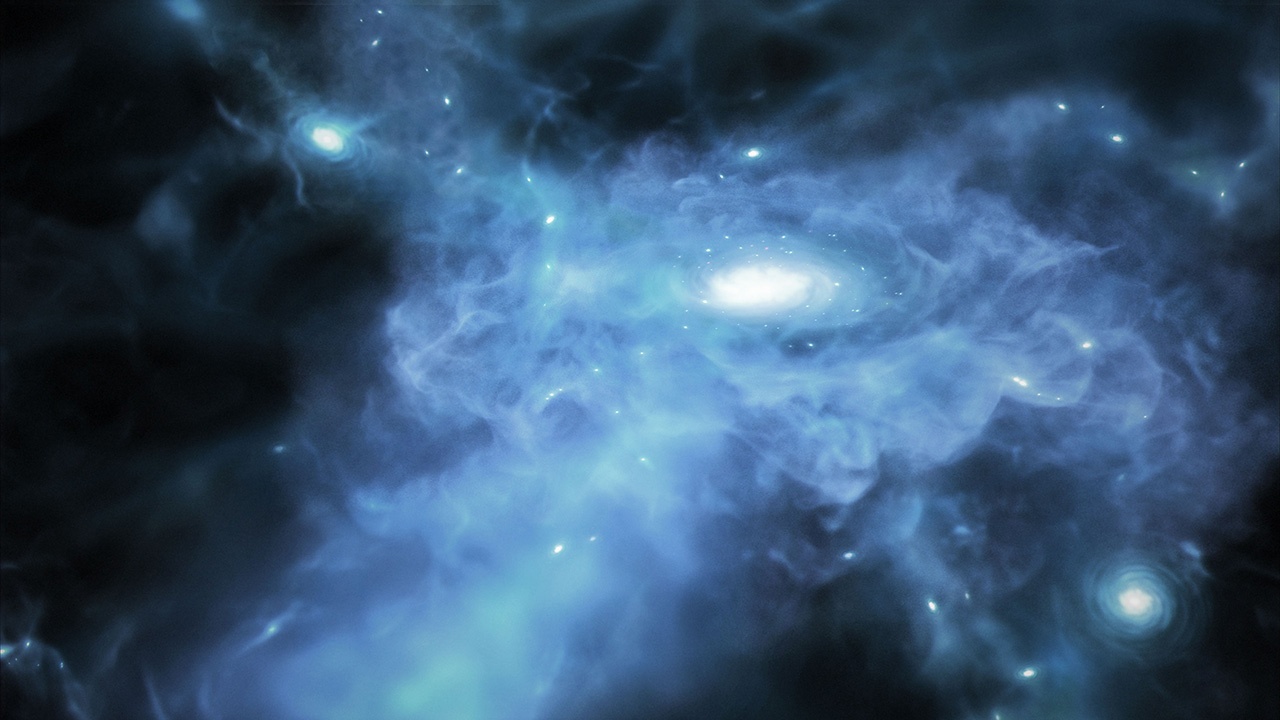Since it began operating in 2022, the James Webb Space Telescope (JWST) has revealed some surprising things about the Universe. The latest came when a team of researchers used Webb‘s Mid-Infrared Instrument (MIRI) to observe Rho Ophiuchi, the closest star-forming nebula to Earth, about 400 light-years away. While at least five telescopes have studied the region since the 1970s, Webb’s unprecedented resolution and specialized instruments revealed what was happening at the heart of this nebula.
For starters, while observing what was thought to be a single star (WL 20S), the team realized they were observing a pair of young stars that formed 2 to 4 million years ago. The MIRI data also revealed that the twin stars have matching jets of hot gas (aka stellar jets) emanating from their north and south poles into space. The discovery was presented at the 244th meeting of the American Astronomical Society (224 AAS) on June 12th. Thanks to additional observations made by the Atacama Large Millimeter/submillimeter Array (ALMA), the team was surprised to notice large clouds of dust and gas encircling both stars.
Continue reading “Matched Twin Stars are Firing Their Jets Into Space Together”









